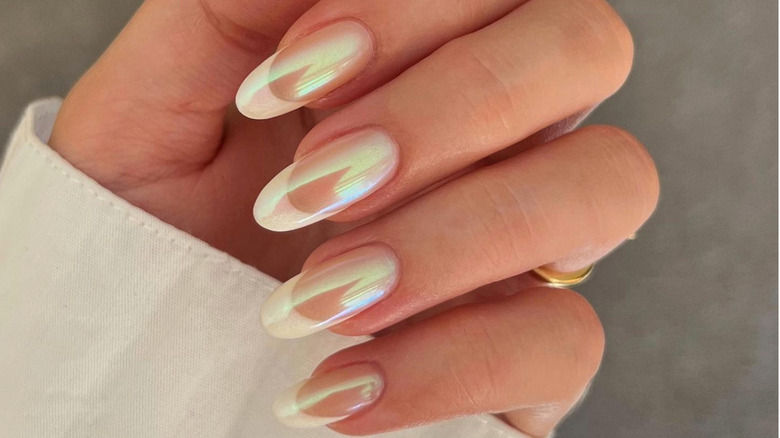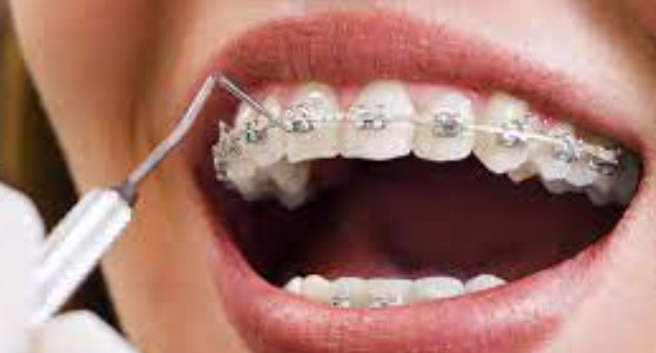Nails are typically thought of as an accessory for cosmetic purposes however, they’re much more than they are. These tiny, keratinous cells that cover the edges of our fingers and toes play an important function in protecting the delicate nail beds but also provide important clues to general health. In this thorough guide, we’ll dive deep into the realm of nail by studying their structure, function and the different health conditions that could affect their health.
Table of Contents
The Anatomy of Nails

Before diving into the health implications we must first understand the anatomy of nails. Nails are made up of a variety of distinct elements:
1. Nail Plate
The visible portion of a nail referred to by the name of nail plate is a solid, transparent layer of keratin that is densely packed. This layer is usually painted or manicured to give the appearance of a manicure.
2. Nail Bed
Below the nail plate is the nail bed, which is a highly vascularized and nourishes the nail. This is the reason for the pinkish color seen in the plate of your nail.
3. Lunula
The crescent-shaped space that lies at the bottom of the nail plate referred to as the lunula. It is the visible portion that is part of the nail matrix, and usually appears to be whitish. The lunula plays a vital element of the growth of nails.
4. Cuticle
The cuticle or eponychium is the thin layer of skin that covers the nail’s base plate. Its primary purpose is to guard nails from infections.
Nails – A Mirror of Health

Nails provide valuable insight about the overall health of a person. Color or texture may be an indication of medical conditions that are underlying or nutritional deficiency.
1. Pale Nails
A pale or whitish nail can indicate liver disease, anemia or malnutrition. They may also be an indication of the aging process.
2. Yellow Nails
The yellowing of nails could be caused by a variety of factors like smoking, fungal infections, or using nail polish. In certain instances it can be a sign of more serious conditions such as diabetes, psoriasis, or respiratory illness.
3. Blue Nails
The appearance of the nails can be a sign of a poor circulation or an absence of oxygen in blood. The conditions like Raynaud’s Disease or lung issues can trigger the discoloration.
4. Dark Lines or Streaks
The presence of dark lines or streaks on your nails could be reason to be concerned. They may indicate melanoma. one of the types of cancer that affects the skin. If you see any of them signs, it’s important to seek medical attention immediately.
5. Brittle Nails
The brittle, easily broken nails may be caused by regular exposure to chemical toxins or nutritional deficiency. Fungal infections or thyroid problems could also contribute to nail fragility.
6. Spoon Nails
Koilonychia or spoon-shaped nails, could be a sign of iron deficiency hemochromatosis or anemia. Nails become small and concave, with the appearance of an empty spoon.
7. Pitting
The presence of tiny holes or depressions within the nail’s surface is known as pitting. It is often linked to psoriasis, which is an ongoing skin condition.
Nail Disorders

Nail problems encompass a broad variety of ailments that impact the appearance and health of the nails. Some common nail disorders include:
1. Fungal Nail Infections
Fungal conditions can cause nails to get thicker, discolored and fragile. The most frequent causes of these infections are humid, warm environments and can require treatment with antifungal drugs.
2. Ingrown Nails
If the edges of a nail expand into the skin around it and cause the nail becoming ingrown. The condition can be painful and could result in infection if it is not treated properly.
3. Nail Psoriasis
Psoriasis can affect the nails and the skin. Nail psoriasis may cause pitting, ridges, or discoloration of the nail. It is usually associated with skin Psoriasis.
4. Beau’s Lines
These lines, also known as Beau’s lines, are depressions horizontally or even ridge which are found across the nail. They can be the result of injuries, severe illness, or nutritional deficiency.
5. Paronychia
It is a condition that affects the tissues surrounding the nail. It may cause swelling, redness, as well as pus-filled blisters. Fungal or Bacterial agents commonly cause this condition.
Maintaining Healthy Nails

Although some nail problems may be beyond our control they can be prevented or controlled by taking care of your nails. Here are some helpful tips for maintaining healthy nails
1. Keep Nails Clean
Clean your nails regularly and the surrounding area to stop fungal and bacterial infections. Make use of mild soap and a gentle brush.
2. Moisturize Your Nails and Cuticles
Dry nails may become dry and susceptible to breaking. Apply a moisturizing cream or oil for cuticles to ensure they stay moisturized.
3. Trim Nails Properly
Cut your nails straight across and try to avoid cutting your nails short. This can prevent the growth of nails.
4. Wear Protective Gloves
When you’re doing household chores, or using chemicals, be sure to wear gloves to shield your nails from injury.
5. Avoid Nail Biting and Picking
Picking and biting nails can cause damage to your nail’s bed, and also increase chance of getting infections. Think about using products to stop these behaviors.
6. Eat a Balanced Diet
A diet that is rich in minerals and vitamins especially biotin can improve the health of your nails. Nuts, eggs and leafy vegetables can be beneficial to nails.
7. Limit Harsh Nail Products
The excessive use of manicures with acrylic nail polish or nail extensions could cause damage to nails. Take an interval between manicures so that they have time to heal.
When to See a Doctor
If you notice significant changes in the texture, color or shape the nails of you, it’s important to seek out a medical professional. Although many nail problems are not serious, a few may indicate underlying conditions that require prompt care.
In Conclusion
Nails aren’t simply a surface for nail art. They are an indicator to your health overall. If you pay particular attention to your nails, and implementing proper nail care to promote beautiful, healthy nails, while looking out for signs of an underlying health issue. Make sure to schedule regular visits with a doctor will to ensure that any nail issues are treated promptly and allow you to enjoy healthy nails as well as healthy overall health.







